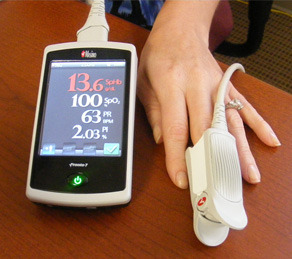Radiation exposure from diagnostic imaging remains of high interest to all trauma professionals and the lay public. A number of papers have already been written showing that repeat imaging in transferred patients is high due to issues with transmitting images between sending and receiving trauma centers.
A variety of solutions exist for reducing this problem. One of the more technically oriented ones is LifeImage, a cloud based service. Images from just about any PACS system can be uploaded to the service by a referring hospital. The receiving center can peruse the images using a sophisticated browser based tool, or they can merge the PACS data for any or all studies into their own PACS system.
ShockTrauma in Baltimore receives severely injured patients for the entire state of Maryland. They reported their experience with this cloud service over a 6 month period, and compared it to 6 months before use during the prior year. Here are the factoids:
- A total of 1,950 transfers were reviewed (!). Data was collected prospectively.
- The number of patients undergoing repeat imaging decreased significantly, from 62% to 47%
- Cost also decreased significantly, from $402K to $327K during the study periods
- Hospital length of stay decreased from 4.4 to 3.8 days
- There was no difference in mortality
Bottom line: Cloud solutions for transferring imaging information work! A lot of radiation and money was saved! Frankly, I’m puzzled as to why the decreases were so modest. I suspect that some or many of the potential referring hospitals were not participating at the time of the study. Nevertheless, it looks like the savings should easily pay for the cost of the service. I’ll definitely quiz the authors on this one and return with some answers.
Related posts:
Reference: Reduction in repeat imaging in patients transferred to a Level I urban trauma center decreases cost and radiation exposure. EAST 2014, poster #28.

